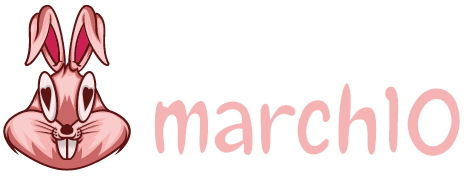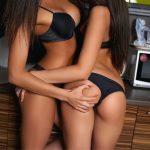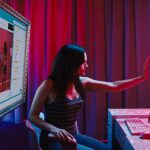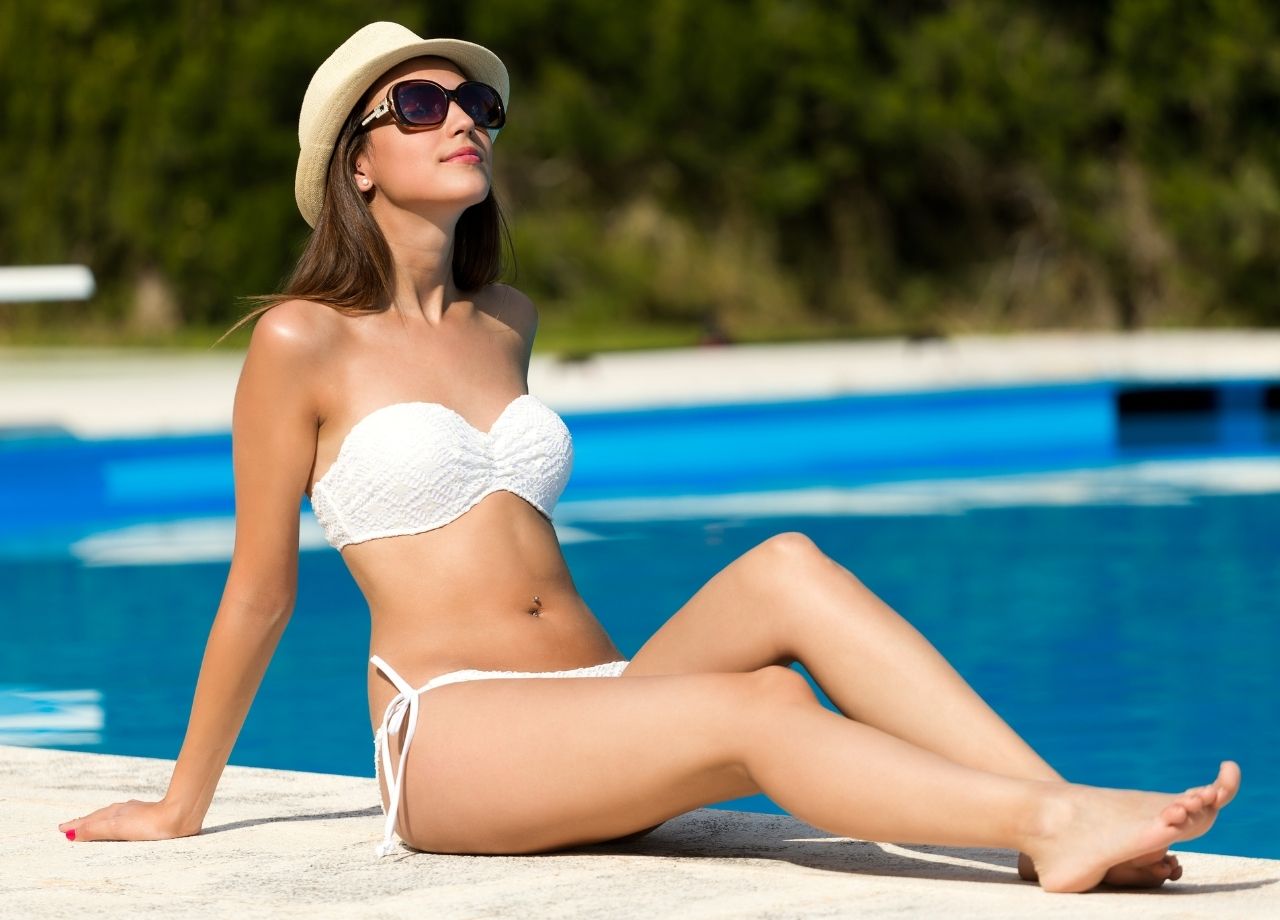Art has always been a testament to the boundless capabilities of the human mind and soul. The essence of art lies in creativity, the ability to transcend the ordinary and create something extraordinary. Artists, whether painters, writers, musicians, or performers, have an innate talent for channeling their inner muse to produce exceptional works of art. We explore the profound concept of creativity and delve into how artists unleash their creative potential by tapping into their inner muse.
Understanding the Inner Muse
The inner muse is an enigmatic force that dwells within every artist. It is that elusive spark of inspiration that fuels their creative journey. Nurturing and embracing creativity is crucial for artists to flourish in their chosen craft. However, the creative path is not without its challenges. Artists often encounter creative blocks, hindering their flow of inspiration. Learning to overcome these hurdles is vital for unleashing their full creative potential.
Techniques to Unleash Creativity
Artists employ various techniques to unlock the floodgates of creativity. One such method is mindfulness and meditation, which allows artists to clear their minds and enter a state of focused awareness. Additionally, free-form writing and doodling provide an outlet for unrestricted expression, paving the way for groundbreaking ideas. Collaborative creativity, where artists come together to share and build upon each other’s visions, is another powerful technique that fosters innovative artworks.
The Power of Imagination
Imagination acts as a key to unlock the doors of creativity. Through visualizations and daydreaming, artists can envision unique concepts and bring them to life through their art. Stepping outside of comfort zones and exploring new territories is crucial for artists to find inspiration and take their creativity to new heights. Moreover, artists often find inspiration in the simplest of things in their everyday lives, transforming mundane experiences into extraordinary works of art.
Balancing Structure and Freedom
Balancing structure and freedom is a creative conundrum that every artist grapples with in their journey of self-expression. On one hand, structure provides a stable framework that guides the creative process, offering a sense of direction and coherence. On the other hand, freedom allows artists to explore uncharted territories, break free from conventions, and delve into the realm of uninhibited imagination.
In the pursuit of creativity, a balance between these two seemingly opposing forces is essential. Too much structure can stifle innovation, making the art predictable and formulaic. Conversely, excessive freedom can lead to chaos and lack of focus, resulting in a disjointed and confusing outcome.
|
Aspect |
Structure |
Freedom |
|
Definition |
A set of guidelines and rules that govern the creative process. |
The state of being unrestrained and unrestricted. |
|
Role |
Provides a foundation for creativity, offering a roadmap. |
Fuels imagination and fosters out-of-the-box thinking. |
|
Advantages |
– Ensures coherence and consistency in the artwork. – Helps artists stay on track and meet their objectives. – Provides a sense of security and familiarity. |
– Encourages innovation and experimentation. – Allows for the exploration of unique ideas and concepts. – Liberates artists from creative limitations. |
|
Disadvantages |
– May limit creative freedom and result in a lack of spontaneity. – Can lead to repetitive and predictable outcomes. – May inhibit the flow of inspiration. |
– May result in an unfocused and disjointed piece of art. – Can be overwhelming and challenging to manage. – May lack a clear sense of direction. |
|
Finding the Balance |
Striking the right balance requires flexibility within the structure. Artists can modify guidelines to suit their creative needs while maintaining a sense of order. |
Embracing a certain level of structure within the freedom helps channel creative energy and refine ideas. Setting boundaries can also aid in maintaining coherence. |
|
Best Practices |
– Use structure as a starting point and allow it to evolve organically as the creative process unfolds. – Incorporate elements of surprise and spontaneity to break away from rigid patterns. – Find inspiration from both structured and unstructured sources. |
– Identify core concepts or themes to provide a loose framework for exploration. – Experiment with different creative techniques and mediums to encourage new perspectives. – Seek feedback and constructive criticism to maintain a sense of accountability. |
Embracing Failure and Learning
Mistakes and failures are inevitable in the pursuit of creativity, but they are not to be feared. Instead, artists embrace them as valuable learning experiences. Resilience and the willingness to learn from setbacks play a pivotal role in an artist’s growth and artistic journey.
Overcoming Self-Criticism
Creative doubts and self-criticism can plague artists and hinder their creative flow. Building self-confidence is vital in overcoming these barriers. By recognizing their unique perspectives and abilities, artists can silence their inner critic and produce authentic and powerful art.
The Influence of Environment
The environment in which artists create significantly impacts their work. Cultivating a supportive and inspiring space can do wonders for nurturing creativity. Drawing inspiration from nature and travel opens new vistas of creativity, exposing artists to diverse cultures, landscapes, and ideas.
The Role of Emotions in Creativity
Emotions form the very essence of creativity, infusing every stroke of the brush, every word on the page, and every note of music with depth and meaning. The interplay of emotions and creativity creates a kaleidoscope of inspiration, propelling artists to channel their innermost feelings into their art. Here are some key aspects that highlight the profound role emotions play in the creative process:
- Fueling the Creative Fire: Emotions act as the fuel that ignites the creative fire within artists. Whether it’s the exhilaration of joy, the agony of heartbreak, or the contemplation of serenity, emotions provide the raw material from which artists draw their inspiration.
- A Source of Authenticity: Emotions infuse art with authenticity, making it relatable and resonant with the audience. When artists express their genuine feelings through their creations, it creates a powerful emotional connection with those who experience the art.
- A Conduit for Expression: Creativity becomes the vessel through which artists express complex emotions that may be difficult to articulate in words alone. Art becomes a language of its own, conveying emotions on a profound and visceral level.
- Turning Pain into Beauty: Emotions have the transformative power to turn pain and turmoil into beauty and healing. Through art, artists can find catharsis, processing their emotions and converting them into something positive and cathartic.
- Embracing Vulnerability: Emotions often make artists vulnerable, but it is in this vulnerability that they find their greatest strength. By baring their souls through their art, artists invite the world to witness their innermost selves.
- A Mirror to Society: Emotions in art often reflect the collective emotions of society. Art becomes a mirror that captures the zeitgeist, expressing the hopes, fears, and aspirations of an entire generation.
- Emotional Resonance with the Audience: When art is imbued with genuine emotions, it resonates with the audience on a personal level. Viewers, readers, or listeners can see themselves in the art, making it a shared experience.
Creativity Across Different Art Forms
Creativity knows no bounds and manifests differently across various art forms. Visual artists express themselves through colors, shapes, and forms, while writers and literary enthusiasts weave intricate stories with words. Musicians and performers bring emotions to life through sound and movement. Each art form is a unique channel through which creativity finds its voice.
The Connection Between Creativity and Well-Being
Creativity extends beyond art’s realm; it holds therapeutic qualities as well. Engaging in creative expression can be a form of therapy, promoting mental and emotional well-being. The psychological benefits of art are well-documented, showcasing the positive impact creativity has on individuals’ overall health.







